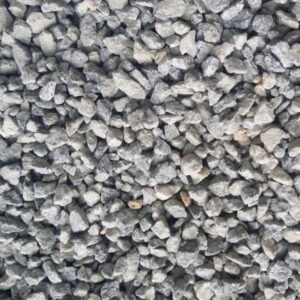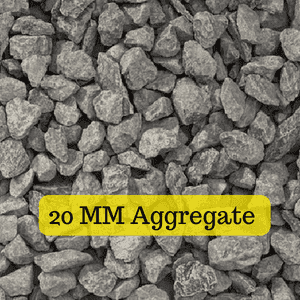Category: Aggregates
Hyderabad Builders is your premier source for top-quality aggregates(కంకర) at the best prices in Hyderabad. As an authorized online dealer, we prioritize affordability without compromising on quality. Enjoy the convenience of free delivery on every order, ensuring a seamless construction experience. Choose Hyderabad Builders for unmatched service, price , reliability, and customer satisfaction. we offer 6mm 12mm 20 mm, 40mm aggregates
Showing 1–2 of 4 results
-
Sale!

12mm Aggregate
Inclusive of tax Original price was: ₹720.00.₹700.00Current price is: ₹700.00. Per Ton -
Sale!

20mm Aggregate Price
all taxes inclusive Original price was: ₹800.00.₹720.00Current price is: ₹720.00. Per Ton


